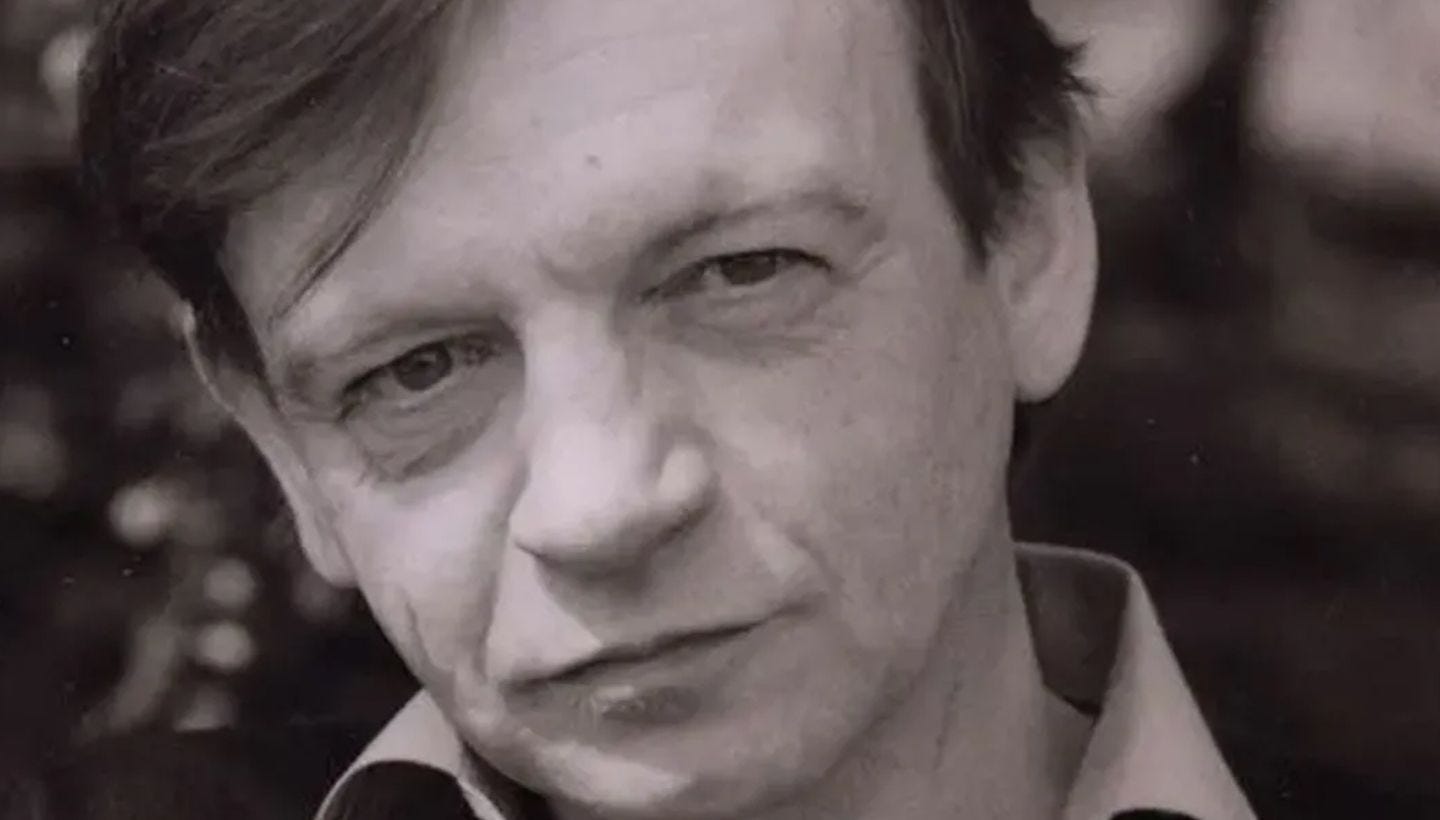The One Label That Was Not Out: The Fall and Cherry Red
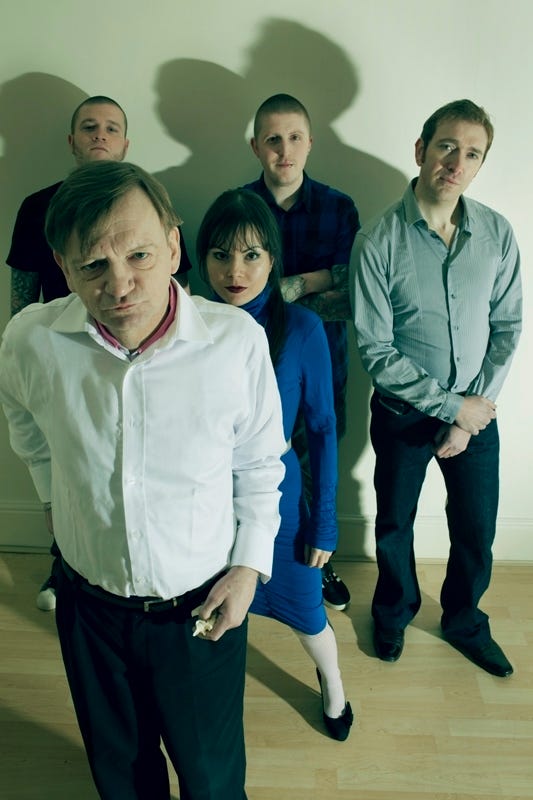 The Fall and record labels; record labels and the Fall . . . one of the great pop quiz questions of all time – just how many labels did they record for?* There are those who say The Fall did their best work at labels that had two words in their title – Step Forward, Rough Trade, Beggar’s Banquet, Cog Sinister . . . and of course, Cherry Red. But then there are those who say a great deal about The Fall full stop. Because The Fall provide such endless thought and raise so many questions.
The Fall and record labels; record labels and the Fall . . . one of the great pop quiz questions of all time – just how many labels did they record for?* There are those who say The Fall did their best work at labels that had two words in their title – Step Forward, Rough Trade, Beggar’s Banquet, Cog Sinister . . . and of course, Cherry Red. But then there are those who say a great deal about The Fall full stop. Because The Fall provide such endless thought and raise so many questions.
After Mark E. Smith’s passing in 2018, there has been a huge amount spoken and written. The standards have been extremely high – look at Bob Stanley and Tessa Norton’s Excavate: The Wonderful And Frightening World Of The Fall published by Faber & Faber no less; or Paul Hanley’s Have A Bleedin’ Guess, an exploration of one of the group’s greatest albums, Hex Enduction Hour. Cherry Red have complemented this with The Fall Sound Archive, an ongoing series of releases that present comprehensive ways of offering and unearthing material in a new light – for example, the 6-CD 1982 box set, which brought together everything+ recorded in that pivotal year for the group.
It was the fate of Sanctuary Records that led to the group coming to Cherry Red. Castle – as Sanctuary was known as at the turn of the century – gained the rights to most of The Fall’s catalogue in the early 00s. Steve Hammonds, one of the senior A&R managers at Castle, was assigned to work with Mark E. Smith. One thing was foremost in his mind – to make some sense of the splurge of Fall reissues that had been peppering the racks since the dawn of CD.
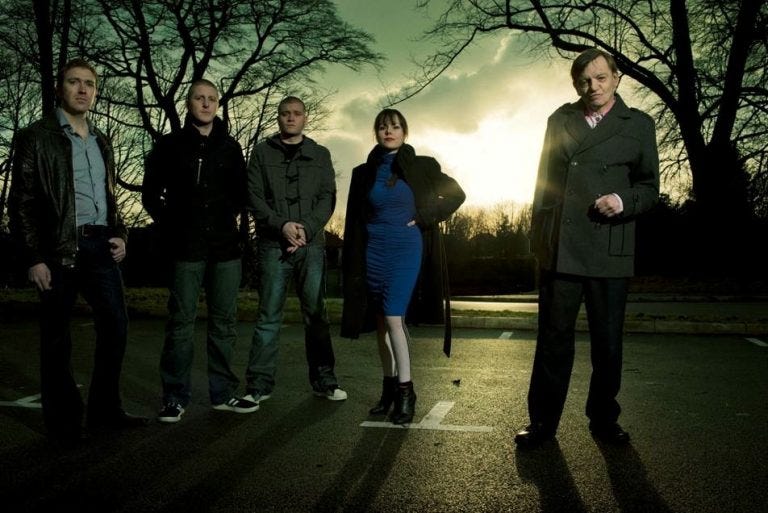
Smith warmed to Steve. “I would talk to him,” he says. “He was trying to get The Fall’s catalogue in line which was published all over the place and his PRS was all over the place, too. No-one knew who owned the rights to what. I mean, we knew we owned our ones. At first, we did some compilations. Then we did Fall Heads Roll, which was released on Slogan, Paul Jones from Elastica’s label through Sanctuary, but I signed it. Paul was a great A&R who discovered Warpaint.” Fall Heads Roll, of course, was seen as a validation of the comeback that Smith had begun on The Real New Fall Album aka Country On The Click. And then, two significant game changers happened for the Fall and their catalogue – the first ever cross-label compilation of The Fall – 50,000 Fall Fans Cannot Be Wrong (before Fall Heads Roll) and then, The Complete Peel Sessions box (after).
The Complete Peel Sessions 1978-2004 had been long planned, and was being worked on when the news broke that John Peel had died in October 2004. The set would have been hugely popular no matter what, but when it was released in April 2005, it had the added resonance of being a tribute to Peel of his favourite band.
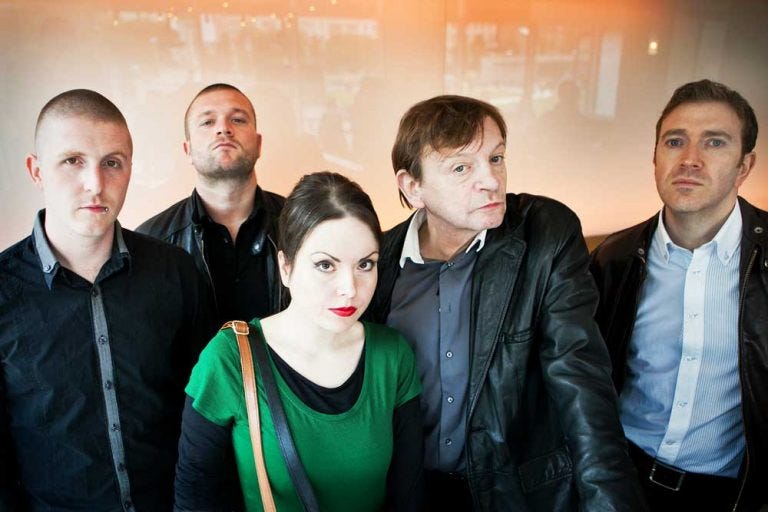
When Sanctuary were bought by Universal, it seemed that Smith’s wanderlust would soon get the better of him – after all, he’d been with Phonogram, as Universal was then, back in the early 90s. After the release of Imperial Wax Solvent on Castle/Universal in 2008, The Fall first moved to Domino; but then, from 2011, all Fall new album releases were on Cherry Red, alongside the catalogue. “Adam (Velasco – MD) and Iain (McNay – founder and Chairman) had been chasing me for years to get them,” Steve says.
Steve, who Smith liked and trusted, introduced Smith to Adam, who is warm, enthusiastic and witty, a music lover but not a geek; and treated Smith professionally. Ersatz GB was the first new album on Cherry Red; and then, unbelievably so was every studio album right up to Smith’s exit in 2018.
However it wasn’t the first time that Cherry Red attempted to sign The Fall. For that you have to go way back to the early 1980s. “I first met Mark around 1980 at Adrian Sherwood’s flat in Hampstead;” explained Iain. “Cherry Red had signed a deal with Adrian to provide the label with various projects he was involved with at that time and Adrian and Mark were good friends. When Mike Alway joined us as A&R manager in 1981 The Fall were high on a list of acts he wanted to sign. Mike was always persistent, but it wasn’t to be. We had to be patient and wait …although I didn’t think it would take another 30 years…”
“I can hand-on-heart say that we never had a cross word,” Velasco says. “I found him to be a gentleman, true to his word. Difficult and unpredictable at times, but he was never rude to me. All meetings with him were bizarre. They were never what you’d call traditional. It was always in pubs or after gigs, here, there and everywhere. He had a great sense of humour, and we used to have a lot of laughs.”
“Mark was a lovely man, but it’s difficult. Cherry Red are just really good at working hard,” Steve adds. “Once he met Adam, he really, really got on with him. He called him Miami Adam, and I was LA Steve. There was always someone to take a call, he never got dicked around or passed from pillar to post. We got a release a year out – he was very happy with what we did.”
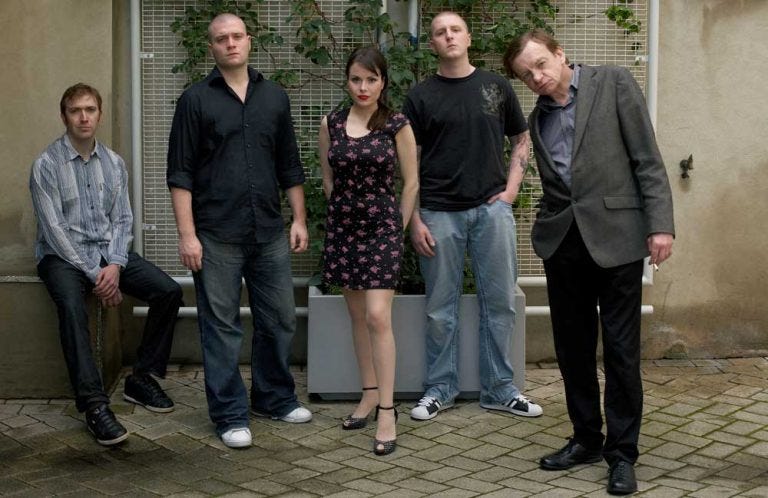
“He really loved Steve. It was phenomenal, their respect for each other. The main thing was, we just left Mark alone to do his thing. And we were here when he needed us,” Velasco agrees. “I wasn’t ringing him up trying to be his best mate or anything. He’s Mark E. Smith, we’re not going to tell him how to record an album. And it worked for a long time. It was always one album deals, to give us both the freedom to move on if we wanted to.”
There was one thing Smith needed to iron out with Velasco before the relationship could continue, however: “After a gig at Clapham, Mark asked to see me. It was never probably not the best time to see Mark – a few drinks in. You don’t know if the show was going to go well or not. But he insisted. So I went backstage. He asked if we could have a word in private, just me and him. It was in the early days of our relationship, so I thought here we go. What have I done wrong? So we got in this room together and he said, ‘I’ve got a question for you. But you’ve got to answer it honestly. I’ll see through it if you lie to me. Are you an alien? Every time I see you look younger than the last time. Do you regenerate by drinking the blood of your staff? I said, ‘Don’t tell anybody but yeah, it’s true.’ And he was like, I FUCKING KNEW IT. Do you want a drink?”
Of course, no matter how good a relationship, Velasco and Hammonds were used to Smith’s – um – unpredictable album delivery: “The day after giving it to us, he’d always change his mind. This’d go on for a couple of weeks: changing the tracklisting, altering mixes. It was always that rigmarole. It was the same with the artwork: we’d get a drawing of something with instructions on it. And it was pretty difficult to fathom out. He didn’t do emails or read text messages or anything. It was always by post.”
It was a combination and the potency of the team – the no-nonsense work ethic of Cherry Red suited Smith and Smith suited the label. Smith approved the reissue team long before his final illness claimed him. Alongside Adam and Steve, Andy Pearce mastered the recordings; Jon Roberts looked after production; Becky Stewart, design; Dorothy Howe, press: and, joining them for the catalogue recordings, the font of all Fall knowledge, Conway Paton, research and fact-checking and I’m always delighted to say, Daryl Easlea on liner notes and compilation (“The sleevenote fella,” as MES was to say.)
The Fall Sound Archive aims to present the catalogue in an authoritative way: “We were worrying what to do with Hex Enduction Hour, and we came up with the idea of the box,” says Hammonds. “I think that was a brilliant idea because the trouble with The Fall catalogue is so much of it has been done to death. There were certain things we knew we had to do because they’ve never been done, like Are You Are Missing Winner had never been on vinyl properly before.”
And what does the future hold? “We’ve got Grant Showbiz’s material lined up, plus the first ever show the group ever played, which may indeed be the second ever show,” Hammonds says. “The sad thing was he was halfway through an album when he died,” Adam adds. “His vocals weren’t done. Hashing something together just didn’t feel right for us. We have quite a bit of other material, too. But we want to be respectful. We’ll release what we think he would have approved. We don’t want to piss him off up there.”
How do you keep The Fall alive in this streaming age? “You do what you can. They naturally go on a lot of playlists. And you get the odd sync – Lost In Music is the one that gets the most traction. They have that hardcore fan base, and it’s not expanded much further.” Lost in Music has streamed 4.6 million times so far – which is impressive. Olivia Rodrigo’s Driver’s Licence has streamed 947 million times – which is also impressive.

Coming up for four years on, how do Adam and Steve feel about their relationship with Mark E. Smith? “I wouldn’t say was a joy to work with because he wasn’t; but Adam and I miss him now,” Hammonds says. “We miss those ranting phone calls. I miss sitting in pubs with him for hours in the afternoon: he’d disappear – he’d been out talking to some Argentinian about politics while smoking loads of cigarettes and drinking heavily. And he always bought his round as well. I always got a Christmas card from Mark. He was a traditionalist. I have a Christmas card framed on the wall of my toilet to ‘Stevoid, the Quo Fan Club.’ He was proper.” Adam too received a card: “He was one of the few artists that did; and there were always drawings and comedy stuff in them. Jokes about me and Steve; it was always great. “
And finally, If ever the whole Fall catalogue was able to come under one roof would Cherry Red be interested? Adam Velasco beams: “100% – where do I sign?”
By Daryl Easlea, 2021
* 15 – if Castle and Slogan are accepted as two separate identities and we are looking at studio albums only.
+there will always be more

